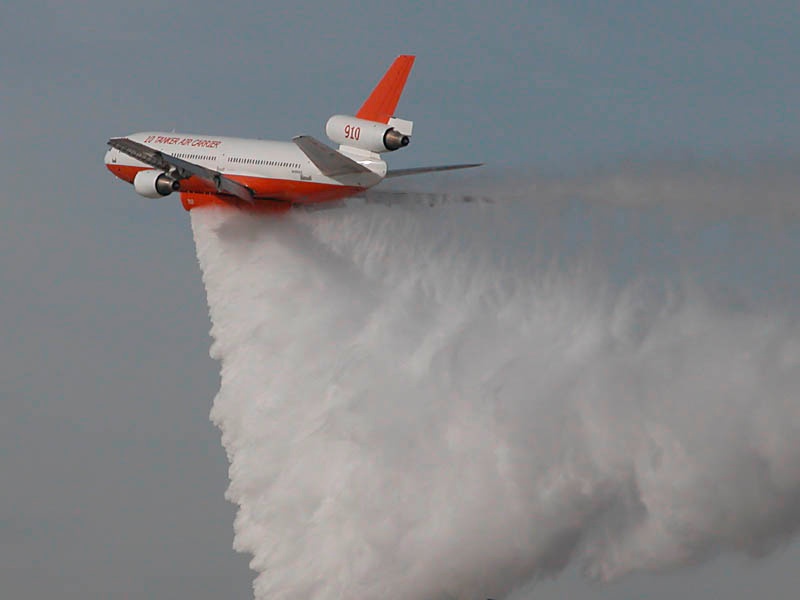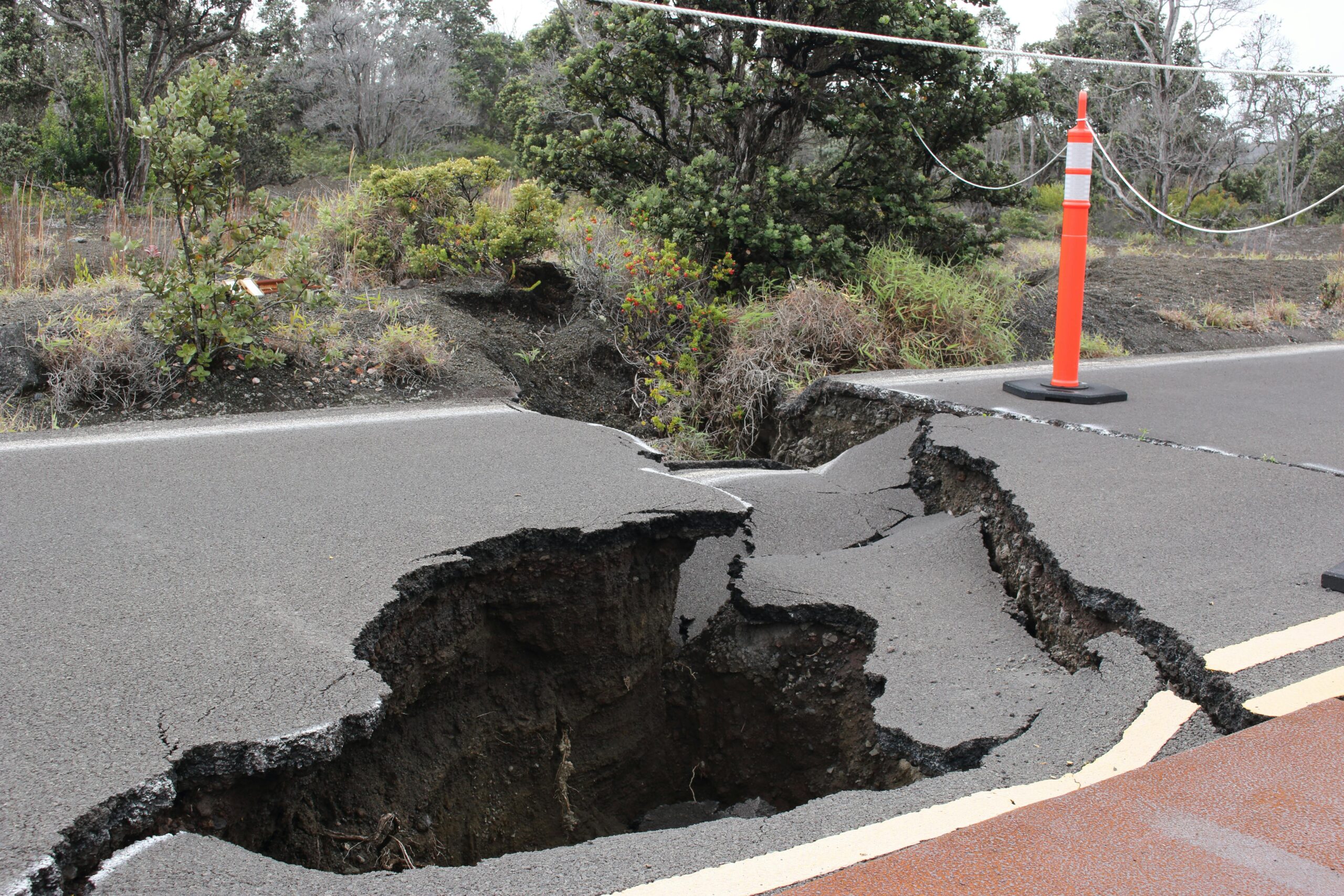Aerial firefighting involves the use of aircraft–both fixed-wing and rotary-wing–to combat wildfires. Among the fixed-wing type are air tankers and water bombers equipped with tanks that can be filled with fire retardant or water. Some air tankers (like the DC-10 VLAT pictured below) are loaded on the ground at an air tanker base, while other aircraft (such as the Bombardier 145 “Superscooper”) can be loaded by skimming water from lakes, reservoirs, or large rivers.
The DC-10 VLAT is a converted McDonnell Douglas DC-10 commercial airliner. It’s a three-engine, wide-body aircraft that was first introduced in 1971 and was in service with American Airlines, Hawaiian Airlines, and Pan Am. Production of the DC-10 ended in 1989 and the aircraft flew its last commercial flight in February 2014.
In 2002, the company 10 Tanker Air Carrier began proof-of-concept testing of the DC-10 VLAT in an aerial firefighting role. In 2006, the aircraft was issued a Supplemental Type airworthiness certificate by the FAA which allowed it to be modified for aerial firefighting. Shortly thereafter, the DC-10 VLAT was certified as an air tanker by the United States Forest Service and was first used in California during the 2006 wildfire season on a “call-when-needed” basis at the price of $26,500 per flight hour.
The DC-10 VLAT is not used on all fires as it is operationally limited due to its time to reload retardant and refuel at air tanker bases. However, one retardant drop from the DC-10 covers a swath roughly 300 feet wide and one mile in length, four times the coverage of any other tanker currently in use.
Aircraft Specifications:
- Cruising speed: 520 knots
- Feet-per-minute climb rate: 2,000
- Fire suppressant tank capacity: 11,600 gallons
**DC-10 VLAT during a demonstration for LA County Fire officials in 2006**

![]()



